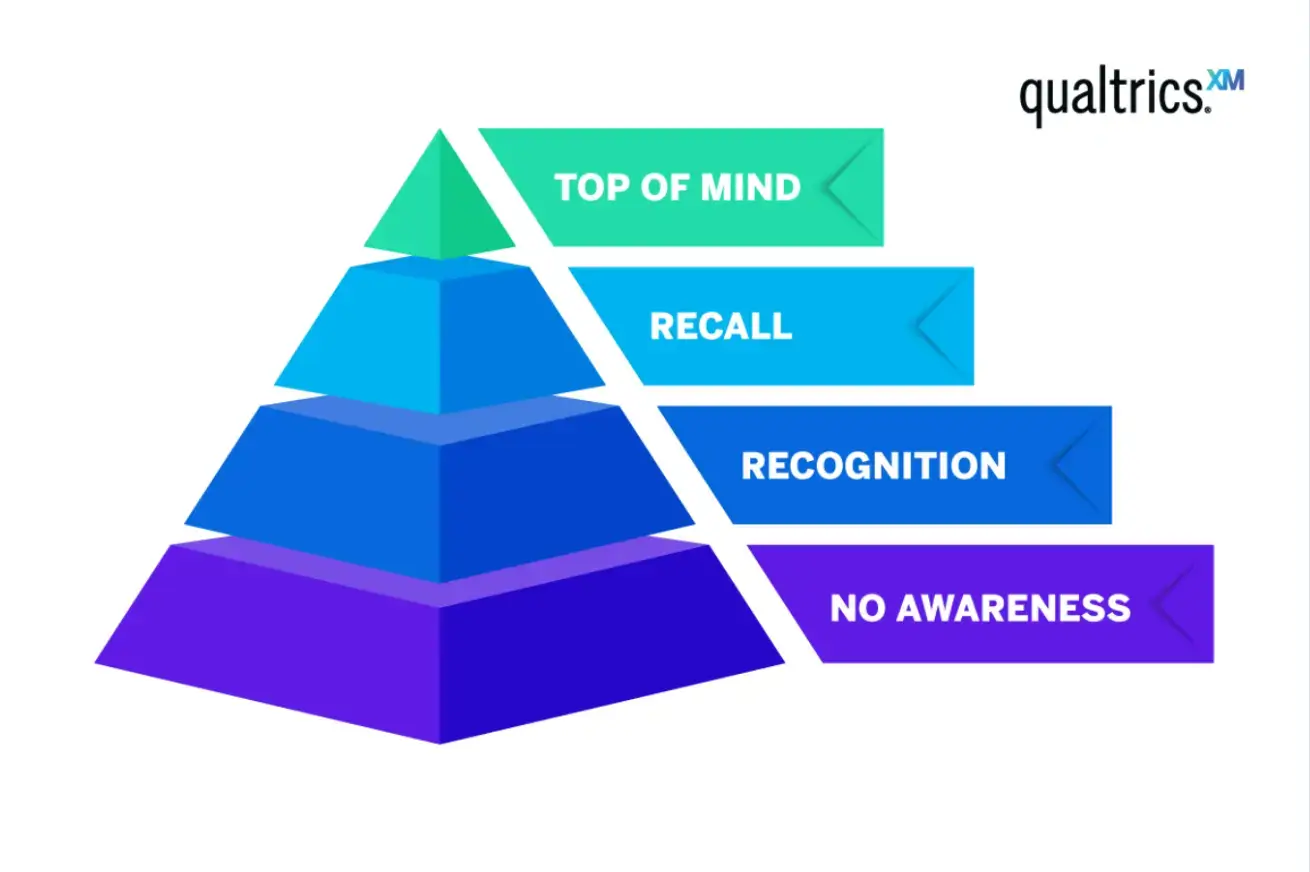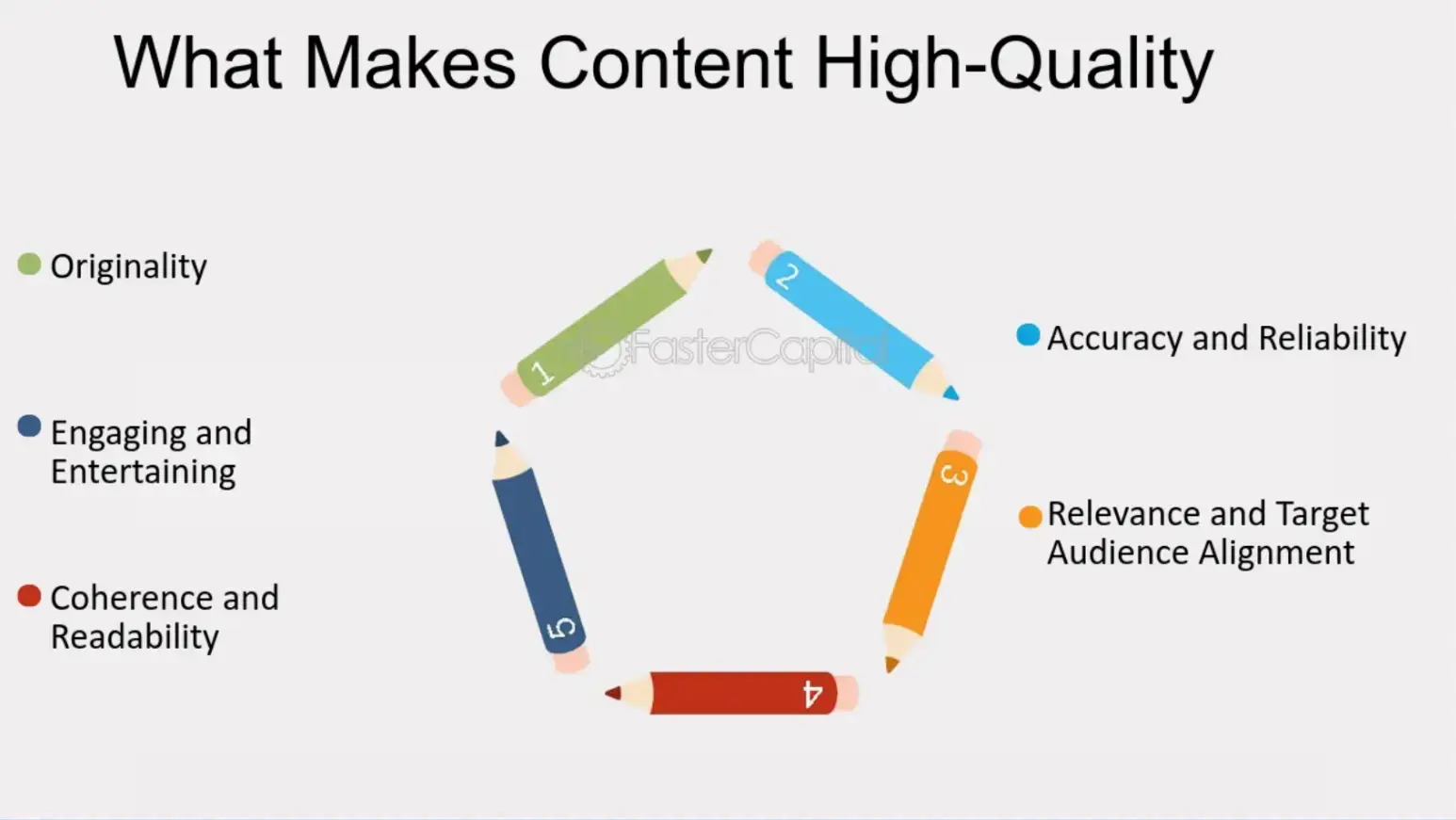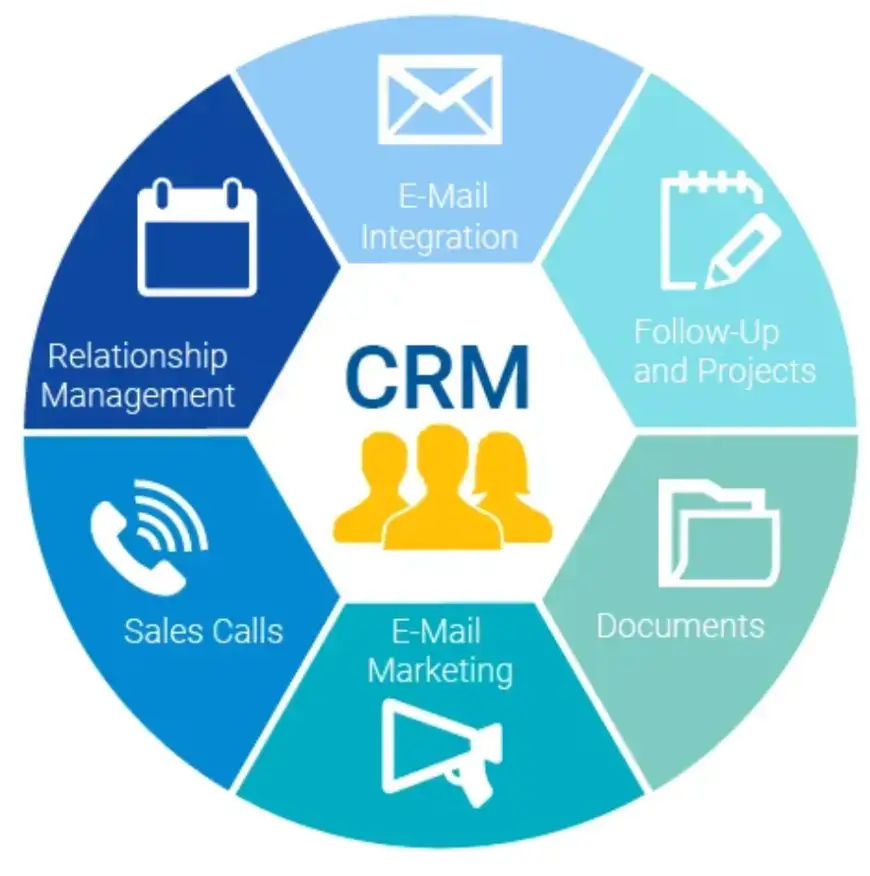Webinars have emerged as a powerful tool in the digital marketing landscape, offering businesses a dynamic way to engage with audiences while generating valuable leads.
*Updated 05/08/2025
As the demand for virtual interactions continues to grow, webinars have become an essential component for companies looking to expand their reach and build meaningful connections with potential clients.
Unlike traditional marketing tactics, webinars provide a platform for in-depth discussions, demonstrations, and real-time engagement, making them particularly effective for nurturing leads and moving prospects through the sales funnel.
When executed correctly, webinars not only attract qualified leads but also help to establish brand authority and foster trust with attendees. However, maximizing the potential of webinars as a lead generation tool requires a well-thought-out strategy.
Article Shortcuts:
From choosing the right topics and speakers to effectively promoting the event and following up with leads, each step plays a critical role in ensuring success.
In this guide, we will explore the best practices for using webinars to generate leads, covering essential aspects such as audience targeting, content delivery, and post-webinar nurturing.
By implementing these strategies, businesses can turn their webinars into a reliable source of high-quality leads and long-term customer relationships.

Source: Pexels
Planning the Webinar
Planning the webinar is a crucial step in ensuring its success as a lead generation tool. It starts with identifying your target audience—understanding who you want to attract is key.
This involves defining the ideal customer profile, considering their pain points, and tailoring the webinar content to provide solutions or insights that resonate with them. A well-defined audience ensures that your content will be relevant, engaging, and capable of attracting qualified leads.
Next, topic selection is essential. The topic should be timely, valuable, and aligned with the audience's needs and industry trends.
It must address specific challenges or questions your target audience is facing, positioning your company as a thought leader and problem-solver.
Equally important is setting clear goals for the webinar. These could include generating a specific number of leads, converting attendees into paying customers or increasing brand awareness.
Establishing these objectives helps guide content creation, marketing strategies, and performance tracking.

Source: qualtics
Finally, carefully plan the logistics, such as choosing the right platform like RingCentral Webinar, determining the date and time for maximum attendance, and ensuring a smooth user experience. Proper planning sets the foundation for an engaging webinar that drives meaningful lead generation results.
Webinar Promotion
Promoting your webinar effectively is crucial to attracting a high number of relevant attendees.
Begin with a compelling landing page that clearly highlights the value of the webinar. It should include a strong headline, a brief overview, and speaker information.
Make the registration process simple, asking only for essential details like name, email, and company.
Email marketing is a powerful tool for reaching existing contacts.
Platforms like Klaviyo and Klaviyo alternatives allow you to send targeted, personalized emails with clear calls to action, encouraging recipients to register. Craft an engaging subject line and provide a preview of what attendees will learn.
Leverage social media for wider reach. Create promotional posts on platforms like LinkedIn, Twitter, and Facebook, using eye-catching visuals and engaging copy. Consider paid social media ads to target specific demographics.
Collaboration can amplify your reach—partner with industry influencers or related companies to co-promote the event. Co-hosted webinars are another option that can tap into a larger audience base.
Lastly, maintain a consistent promotion timeline. Start early, promoting the event weeks in advance, and ramp up efforts as the date nears.
Send reminders to registered attendees, ensuring they don’t miss the event. By focusing on these strategies, you can maximize webinar attendance and lead generation potential.
Delivering High-Quality Content
Delivering high-quality content is essential to ensure a webinar successfully engages participants and drives lead generation.
This begins with engaging presentations that combine compelling visuals, data, and storytelling.
Slides should be clean and concise, emphasizing key points rather than overwhelming attendees with information. Presenters should offer actionable insights and solutions to real problems, keeping the content practical and relevant.
Incorporating interactive features is crucial to maintaining attendee interest.
Features like live Q&A sessions, polls, and chat functions allow participants to actively engage with the content, ask questions, and provide real-time feedback.
This interaction helps create a two-way conversation, making the webinar more dynamic and engaging.
Demonstrations or tutorials, where applicable, also boost engagement by providing attendees with hands-on learning experiences.

Source: FasterCapital
Choosing the right expert speakers is another key factor. Speakers should be both knowledgeable and charismatic to keep the audience attentive.
Highlighting their credentials and using real-world examples adds credibility, helping to build trust with the audience. Expert speakers can also offer deeper insights, creating more value for participants.
Ultimately, delivering high-quality, engaging content ensures that participants find the webinar valuable, increasing the likelihood that they will become quality leads.
Capturing and Nurturing Leads
Effective lead capture begins with a smooth registration process, ensuring key information (e.g., name, business email, company, role) is collected without overwhelming the user.
Integrating registration forms with your CRM system streamlines lead tracking and enables personalized follow-ups.
During the webinar, it's crucial to encourage engagement through polls, Q&A sessions, and surveys, which can provide additional insights into attendees' interests and readiness to buy.

Source: vwo
Post-webinar follow-up is equally important. Sending a thank-you email immediately after the event, including a recording of the webinar, ensures that leads who couldn't attend live still receive the value.
This email can also include additional resources, such as related blog posts or whitepapers, which align with the webinar’s topic and nurture the lead further down the funnel.
Lead scoring is essential to identify high-potential leads. Measure attendee engagement—such as the time spent on the webinar, questions asked, and interactions with polls—to prioritize follow-up efforts.
A high-engagement lead might be ready for a sales conversation, while others may require further nurturing through targeted email campaigns or additional content.
This structured approach to capturing and nurturing leads helps convert interested webinar attendees into qualified prospects, optimizing the lead generation process and driving conversions.
Leveraging Webinar Analytics
Leveraging webinar analytics is crucial for understanding the effectiveness of your lead generation efforts and refining future strategies. By analyzing data from your webinar, you can gauge its success and identify areas for improvement.

Source: awware
Start by tracking key metrics such as the number of registrations, attendance rate (how many registrants actually attended), and the drop-off rate (when attendees left the session). These metrics can indicate the relevance of your content and the effectiveness of your promotional efforts.
A high registration but low attendance rate may signal the need for better reminder emails or a more convenient time slot.
Engagement data is another valuable insight. Monitor interactions like poll responses, Q&A participation, and chat activity.
High engagement shows that your audience found the content valuable, while low interaction may suggest that the webinar lacked interactivity or was too one-sided.
Next, assess the conversion rate, which is the percentage of attendees who took a desired action (e.g., signing up for a demo or downloading additional resources). This helps measure how effectively your webinar moved prospects through the sales funnel.
Finally, this data can be used to optimize future webinars and inform on how best to generate revenue from webinars. If certain segments performed better, focus on enhancing those aspects while addressing any weaknesses identified through feedback or analytics.
Repurposing Webinar Content
Repurposing webinar content is an effective way to extend the value of your effort and reach a wider audience.
After the live session, the webinar recording can be transformed into evergreen content that continuously generates leads.
Hosting the recording on your website or YouTube channel ensures accessibility for those who missed the live event and allows you to capture new leads over time.
In addition to sharing the full recording, segmenting the webinar into smaller, digestible pieces enhances its reach. Key highlights or insightful moments can be turned into short video clips for social media.
This allows you to engage with different audience segments who may prefer quick, easily consumable content. Pulling out notable quotes or statistics for graphics or email campaigns can further amplify your message.
Repurposing also allows you to create new formats. For example, transform the webinar into a blog post or article that summarizes the discussion or develop a more detailed case study if relevant.
Infographics and slide decks from the presentation can be used in future content campaigns, creating touchpoints across various platforms and keeping the conversation alive long after the webinar ends.
This multi-channel approach maximizes ROI from a single event.
Converting Leads into Customers
Once leads are captured through a webinar, the next crucial step is converting them into paying customers.
This process begins with effective lead nurturing, which involves segmenting your leads based on their interests, engagement levels, and behaviors during the webinar.
You can create personalized follow-up content that resonates with each segment by understanding their needs.
Utilizing drip email campaigns is an effective strategy here. These automated series of emails can provide additional value, such as exclusive resources, case studies, or testimonials that reinforce the benefits of your product or service.

Source: iTech
The timing and relevance of these emails can significantly enhance engagement, guiding leads further down the sales funnel.
Moreover, incorporating a strong call to action (CTA) in your communications is essential.
This could involve offering a free trial, a demo, or a consultation, ensuring that the next step is relevant to the content they consumed during the webinar. Clear, actionable CTAs can help guide leads toward making a decision.
Ultimately, the key to successful conversion lies in building trust and demonstrating how your offerings solve the specific pain points discussed in the webinar, leading to a smoother transition from lead to loyal customer.
FAQ
1. Why should I use webinars for lead generation?
Webinars are a powerful tool for lead generation because they offer an interactive platform to engage with potential clients, showcase expertise, and build trust.
Attendees often sign up with their contact details, allowing you to grow your email list and follow up with highly interested prospects.
2. What type of content should I present in a lead generation webinar?
Focus on providing value to your audience by addressing their pain points, offering solutions, and sharing actionable insights.
Educational content works best, such as industry trends, case studies, or step-by-step guides that align with your product or service offering.
3. How long should a webinar be?
Most effective webinars last between 45 minutes to 1 hour. This allows enough time to deliver valuable content without overwhelming the audience or losing their attention.
Make sure to reserve time for a Q&A session at the end.
4. What are the best practices for promoting a webinar?
Promote your webinar across multiple channels, including email marketing, social media, your website, and partnerships with industry influencers.
Ensure the registration process is simple and includes clear value propositions to encourage sign-ups.
5. How can I engage participants during the webinar?
Use interactive tools like live polls, Q&A sessions, and chat features to engage participants. Encourage questions and make the webinar conversational to keep attendees engaged and interested throughout.
Conclusion
In conclusion, webinars have emerged as a powerful lead generation tool that can significantly enhance your marketing strategy.
By effectively planning and executing a webinar, businesses can not only educate their target audience but also establish authority and trust in their industry.
The key to success lies in understanding your audience's needs, selecting relevant topics, and delivering high-quality content that resonates with attendees.
Engaging promotional strategies are essential to attract participants, and the use of interactive features during the webinar fosters a deeper connection with the audience.
Post-webinar follow-up and lead nurturing are critical for converting leads into customers; personalized communication and tailored content can greatly enhance this process.
Furthermore, leveraging analytics allows you to measure success and refine your approach for future webinars. By repurposing content, you can maximize the value of your webinars and extend their reach across multiple platforms.
Ultimately, when implemented thoughtfully, webinars can serve not just as an effective lead generation tactic but also as a cornerstone of your broader marketing efforts, driving sustainable growth and fostering lasting relationships with potential customers.
Embrace the power of webinars and unlock new opportunities for engagement and conversion.
Author Bio
Divashree builds high-authority backlinks for SaaS brands. She is the founder of SAASY LINKS, a white-hat link-building agency catering to SaaS brands.



